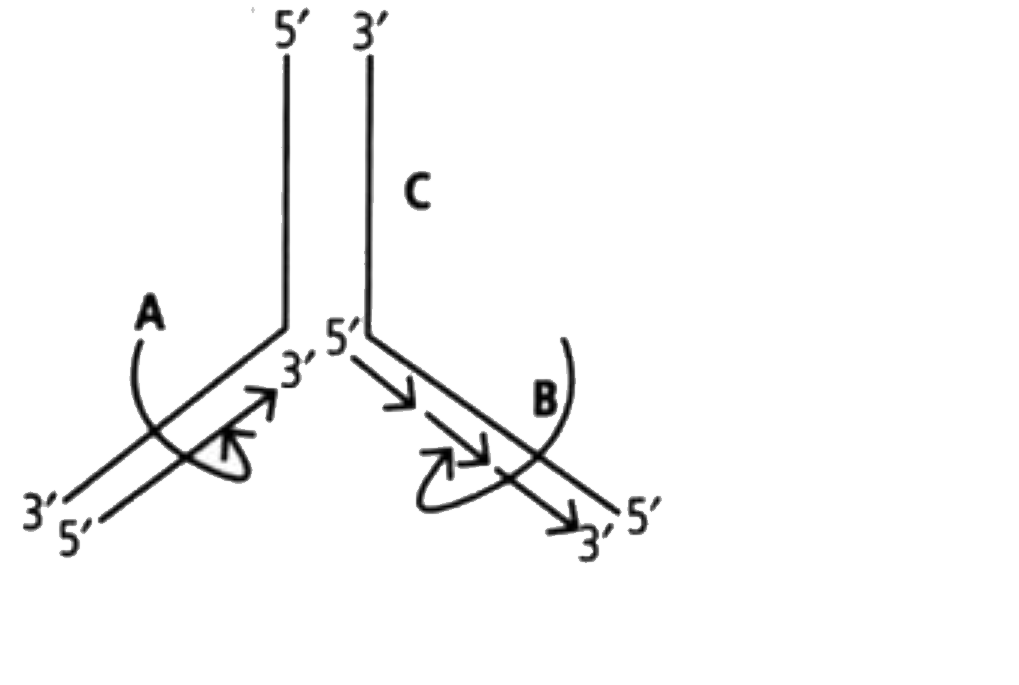
Identify (A),(B) and (C).
Also explain colour difference between MCl4 and (B).
Video Solution
Text Solution
The correct Answer is:(A) is TiCl4 as it has no unpaired electron and is liguid at room temperature on account of covalent character because of high polarising power of Ti+4.TiCl4 being covalent gets hydrolysed forming TiO2(H2O)2 and HCl (B) which fumes in air.
In [Ti(H2O)6]Cl3 complex Ti(III)haso≠unpairede≤ctron(3d^(1)) whichgivesvio≤t/purp≤colourdue→d−dtransition.<br>(##RES_INO_CHM_V01_XII_V02_C01_S01_263_A01##)
|
Answer
Step by step video & image solution for Identify (A),(B) and (C). Also explain colour difference between MCl_(4) and (B). by Chemistry experts to help you in doubts & scoring excellent marks in Class 12 exams.
Updated on:21/07/2023Topper's Solved these Questions
- D BLOCK ELEMENTSBOOK - RESONANCE ENGLISHCHAPTER - D BLOCK ELEMENTSEXERCISE - EXERCISE-3 PART-II
26 Videos
- D BLOCK ELEMENTSBOOK - RESONANCE ENGLISHCHAPTER - D BLOCK ELEMENTSEXERCISE - EXERCISE-3 PART-III
37 Videos
- D BLOCK ELEMENTSBOOK - RESONANCE ENGLISHCHAPTER - D BLOCK ELEMENTSEXERCISE - EXERCISE-2 PART-IV
7 Videos
- D & F BLOCK ELEMENTSBOOK - RESONANCE ENGLISHCHAPTER - D & F BLOCK ELEMENTSEXERCISE - ORGANIC CHEMISTRY(Aldehydes , Ketones, Carboxylic acid)
15 Videos
- DPPBOOK - RESONANCE ENGLISHCHAPTER - DPPEXERCISE - QUESTIONS
368 Videos
Similar Questions

Identify (B) and (C) :
View SolutionIdentify (A),(B),(C) and (D).
 .
.
View SolutionIdentify A,B,C and D.
_E01_916_Q01.png)
View SolutionIdentify (A),(B),(C),

View SolutionIdentify A,B,C

View SolutionIdentify (B),(c), and (D).
 .
.
View Solution
Identify A,B,C,D
View Solution
Identify A,B,C,D
View Solution Identify A, B, C
Identify A, B, C
View SolutionIdentify A ,B and C strands .

View Solution
